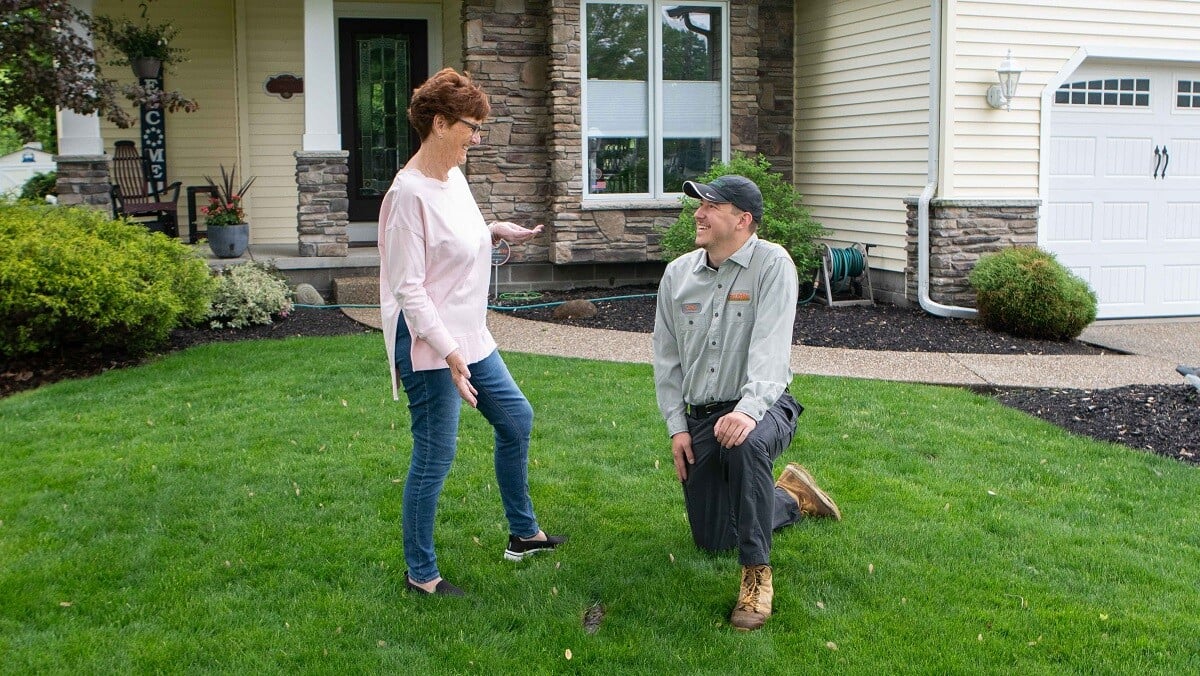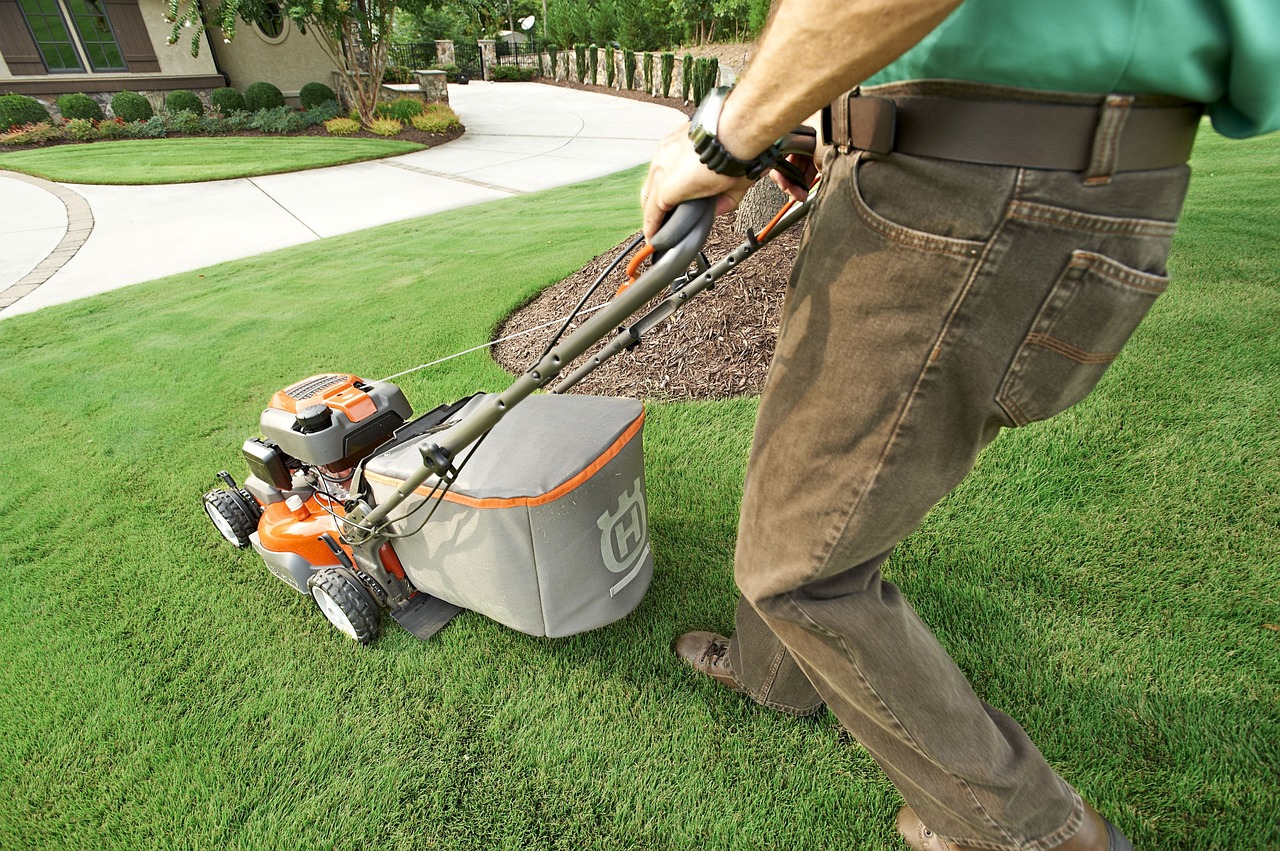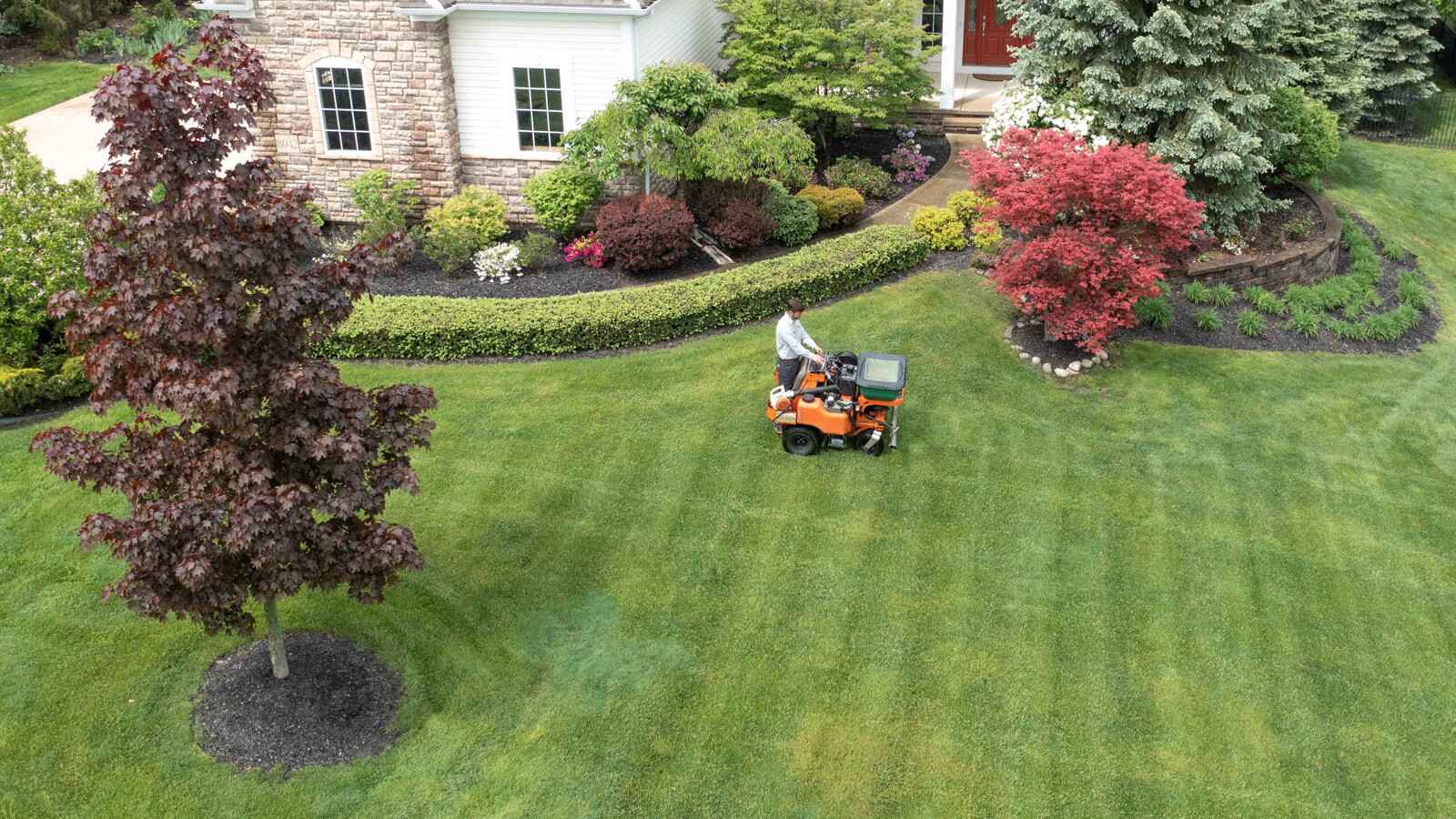Winter Lawn Diseases in Northeast Ohio: What You Should Do
/inspecting%20lawn%20close%20up.jpg)
Many times when you’re looking over your lawn, you might stumble upon something that doesn’t look like the thick, green grass you love, but instead resembles some strange, discolored splotch.
What is this crazy thing? And how can you get rid of it?
We’re talking about lawn diseases. And your lawn is quite susceptible to winter lawn diseases toward the end of winter when all that snow and ice is melting and the wet weather lingers.
What’s worse is this is usually just when you’re ready to welcome spring after a long, dull winter and you’re faced with spots and blemishes in your lawn where fungus has taken over.
Let’s talk about winter lawn disease and highlight some common ones in Northeast Ohio, so you can recognize when they show up in your lawn and can reach out to a professional to help you conquer this unsightly lawn addition.
Winter Lawn Disease 101
Preventing lawn disease begins with understanding how it comes about in your grass.
Any lawn disease starts with a few essentials, including winter lawn disease.
It starts with a host, which in this case is your grass. Next, you have the fungus. And, finally, you have a favorable environment that encourages the disease to grow. For instance, wet weather and high humidity are key environmental factors that can bring fungus to the surface.
A fungus can be sitting in any lawn, but it just needs the right host and the right conditions to encourage its growth.
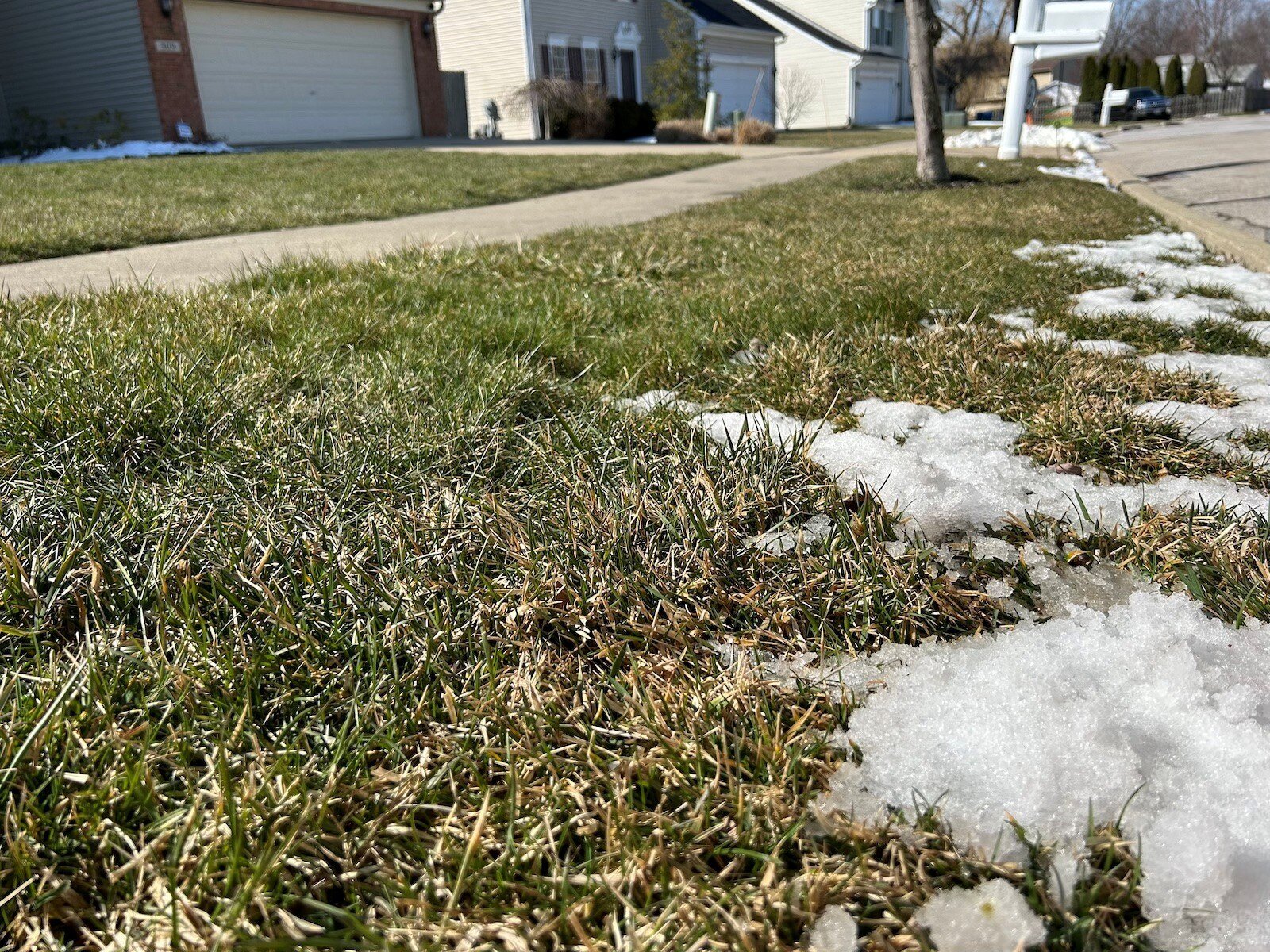
Common Winter Lawn Diseases in Northeast Ohio
No one likes blemishes on their skin, and blemishes on your lawn are nearly just as bad.
A blemish by nature ruins the whole picture. And when you’re trying to get a nice green lawn that frames your home and yard perfectly, a blemish just makes your lawn look awful.
Let’s look at some common winter lawn diseases in Northeast Ohio.
Snow Mold
Snow mold is a fungus that appears in your lawn after the snow has melted.
This is, in fact, one of the most common winter lawn diseases.
Snow mold appears as circular, light yellow/white or pink patches of matted grass. It might stretch up to 12 inches in diameter. There are actually two types of snow mold – gray and pink.
This disease thrives when snow collects and then takes a while to melt.
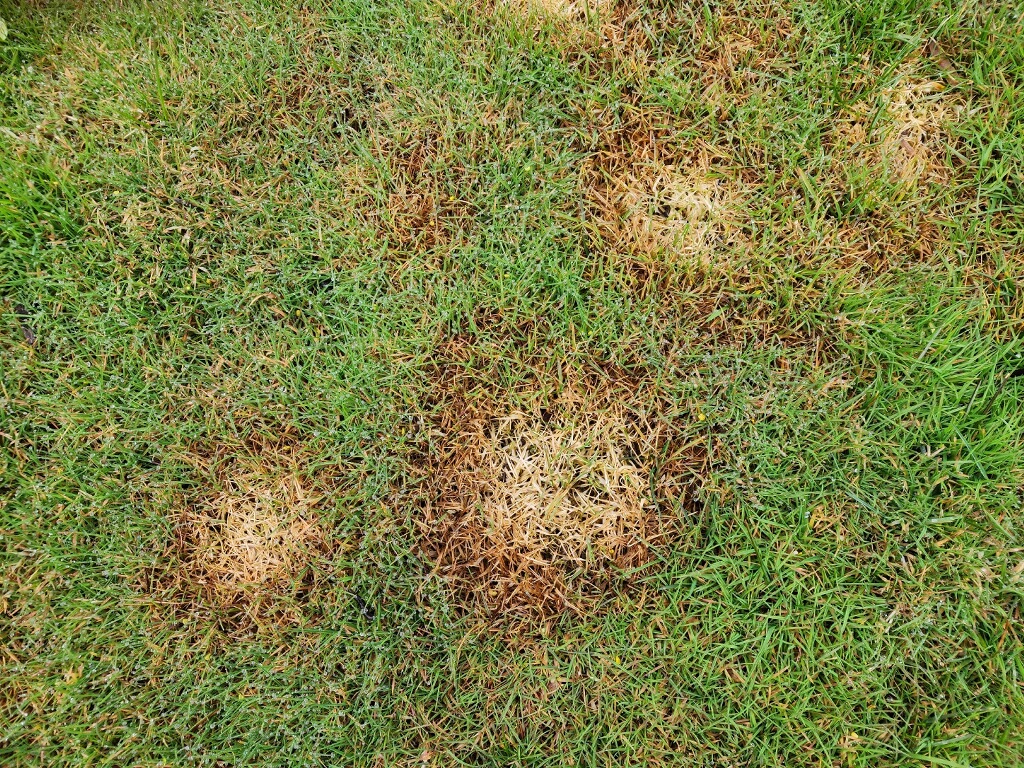
Red Thread
As you walk through your lawn, you might notice a bit of reddish-pink discoloration on your grass blades.
This is red thread, and it’s caused by a fungus that can spread through the root system of your grass when blades are wet in late winter and early spring. The patches will have that red or pink tone with wilted blades. You may even see some mold.
Red thread is considered a winter lawn disease because it loves cool, wet weather and tends to attack grass that lacks nutrition and doesn’t receive great air circulation.
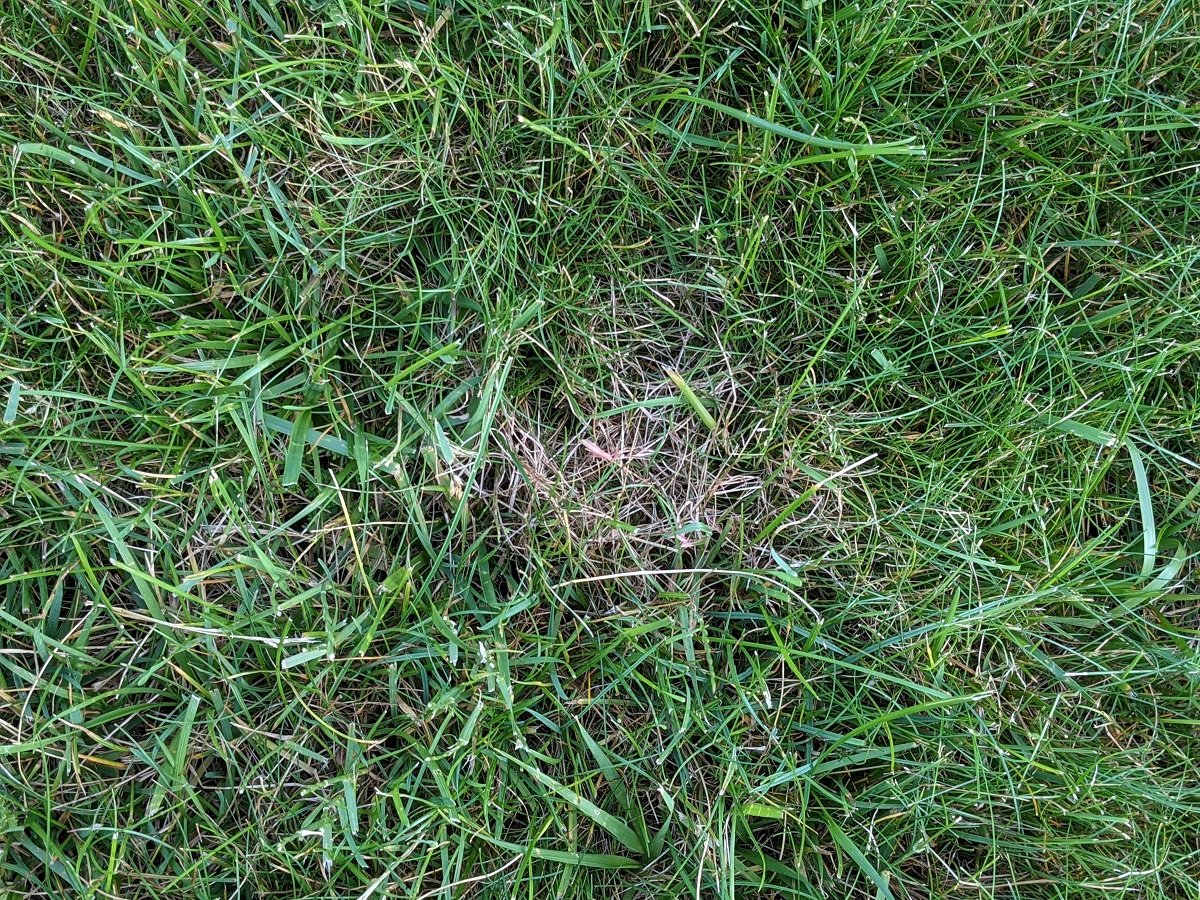
Lawn Maintenance in Winter Can Help Prevent Winter Lawn Disease
The best way to prevent most winter lawn diseases is to take great care of your lawn.
If you have an undernourished, stressed lawn, you’ll likely have a greater chance of getting a disease.
What can stress your lawn? Mowing it too short is one thing that certainly doesn’t help. Northeast Ohio lawns should be between 3 to 4 inches in height, and you should never remove more than one-third of the grass blade at any one time while mowing.
/lawn%20mowing%20height.jpg?width=5168&height=2912&name=lawn%20mowing%20height.jpg)
Watering properly is also crucial to preventing lawn disease. Overwatering when it’s humid could really amplify disease conditions. You never want your grass blades to be constantly wet. You want them to dry out in between being watered. And you never want to water at night when disease conditions are also high. 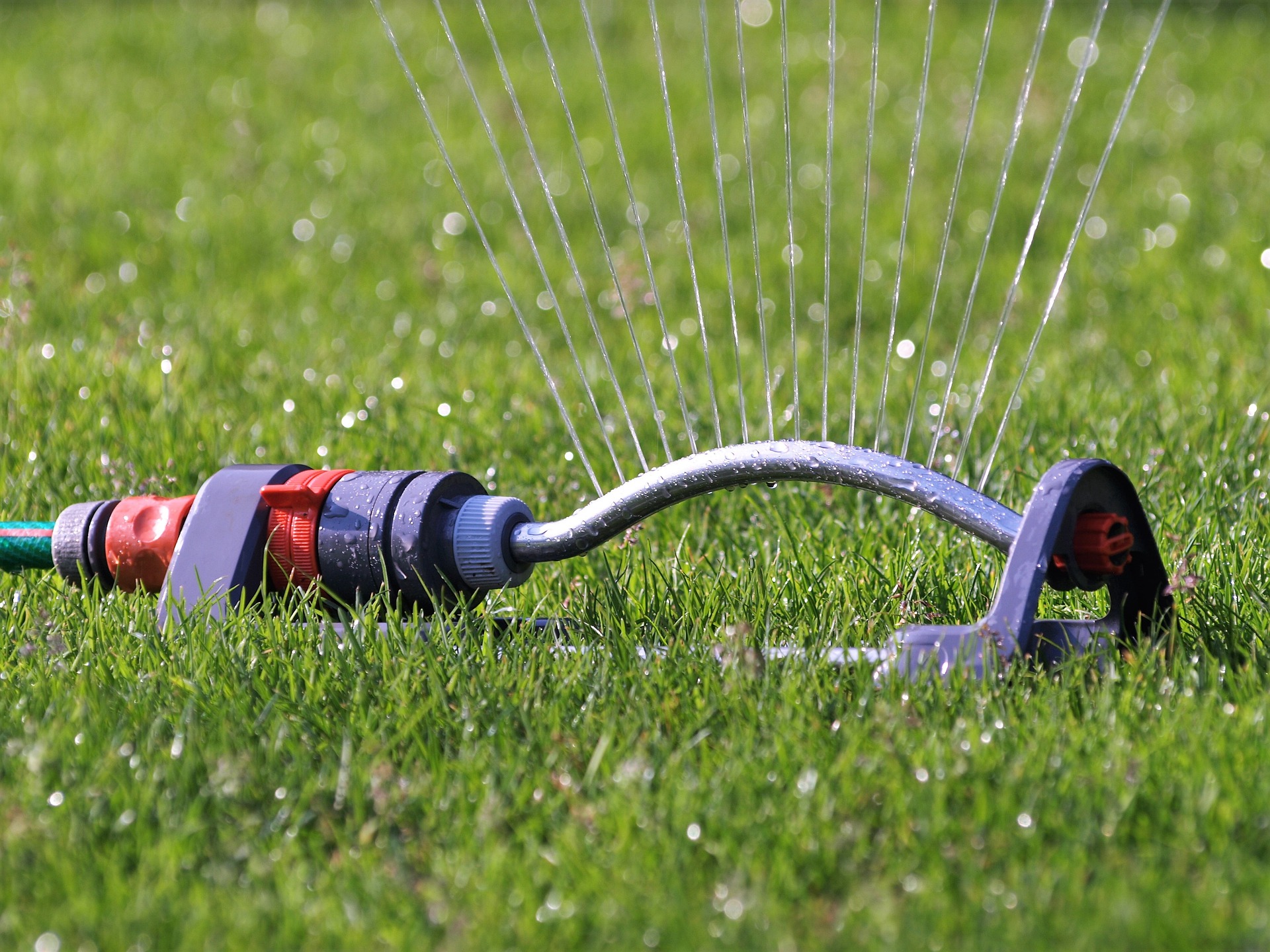
Neglecting fertilization or incorrectly fertilizing can also bring about disease. This is why it’s important for you to hire a lawn care professional who can give your lawn the right nutrients in the right time frames and in a consistent manner to ensure ideal nutrient delivery.
Winter lawn care is also amplified by embracing fall aeration and overseeding services to help eliminate soil compaction and further thicken your lawn to keep diseases from forming.
Let Turf Pride Offer You Proper Winter Lawn Care
Winter lawn diseases may not play fair, striking when you least expect them to, but that doesn’t mean they have to take over your lawn.
Even when you follow the best winter lawn care practices, sometimes the conditions are just right for disease to develop.
Diagnosing the issues correctly and resolving the issue with proper care is the ideal solution. The right lawn care partner can offer proper fertilization, correct watering and mowing tips, and aeration and overseeding services.
Seeing some strange splotches you can’t explain in your Northeast Ohio lawn? Give Turf Pride a call. We’ll help you identify the problem and get your lawn back to good health in no time. /front%20of%20house%20green%20lush%20lawn.jpg?width=5168&height=2912&name=front%20of%20house%20green%20lush%20lawn.jpg)
Are winter lawn diseases keeping you from having a great looking lawn in Northeast Ohio? Turf Pride can help. Get started today with a free quote. Together, we’ll customize a plan that gives you the most attractive lawn on the block.

